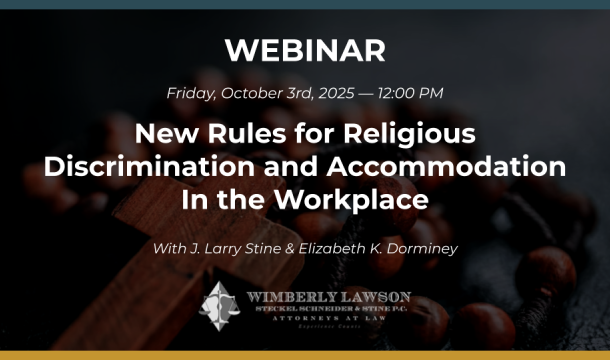The U.S. currently has approximately 10.5 million open positions, and there are more open positions than there are unemployed Americans. Thus, the scarce labor supply is causing employers to be unable to meet their labor needs. The reason is that the U.S. is missing around 4.3 million workers who would be available to work if the participation rate was as high as it was prior to the pandemic. In February 2020, the workforce participation rate was 63.3%, comprised of the population 16 years or older either working or looking for work. Last month it stood at only 61.6%. The labor force participation rate is a crucial ingredient in the country's ability to prosper. The current level is the lowest level since the 1970s, despite the strongest wage gains in many years. Further, nearly 4.3 million persons quit their jobs in August, breaking a record going back to 2000.
Many reasons have been expressed for these negative developments. First, the enhanced unemployment benefits have made not working in some cases more lucrative than working. Further, there have been forgiveness provisions on rent and student loans. People have been able to refinance their mortgages at a lower interest rate, all lowering expenses. On the other hand, many are relying on savings to meet their expenses, which at some point will reach so low a level they may be induced to come back to work.
Other problems with the shortages include the pandemic and a lack of available day care centers. The theory is that many former workers permanently retired from the labor force. Without workers, employers have to reduce production, restaurants have to close, and employers must look to labor-saving technology, potentially as creating a lower employment base for the future.
This is part of our December 2021 Newsletter.
Click here to download the newsletter PDF
Related Content
Get Email Updates

Trump Nominates Appointments to NLRB and EEOC but Policy Changes Likely to Be Delayed

DOL Launches Self-Audit Programs Designed to Help Employers Improve Compliance

DOL Must Release EEO-1 Reports to the Public under Open Records Laws

Current Advice on Active-Shooter Situations

New Policy for Federal Workers and Religious Expressions



